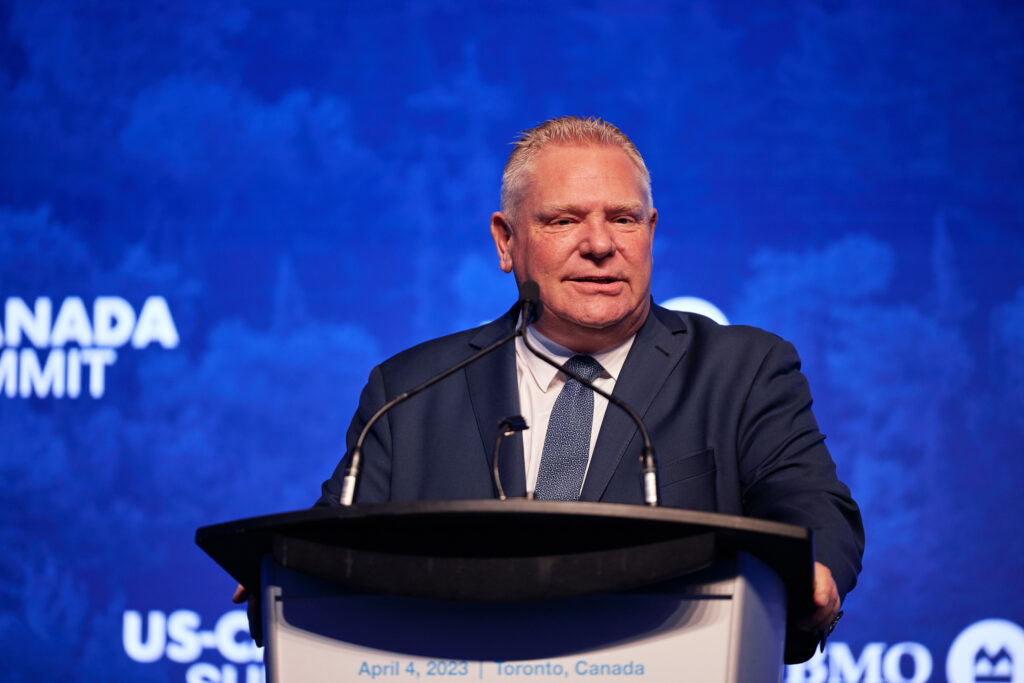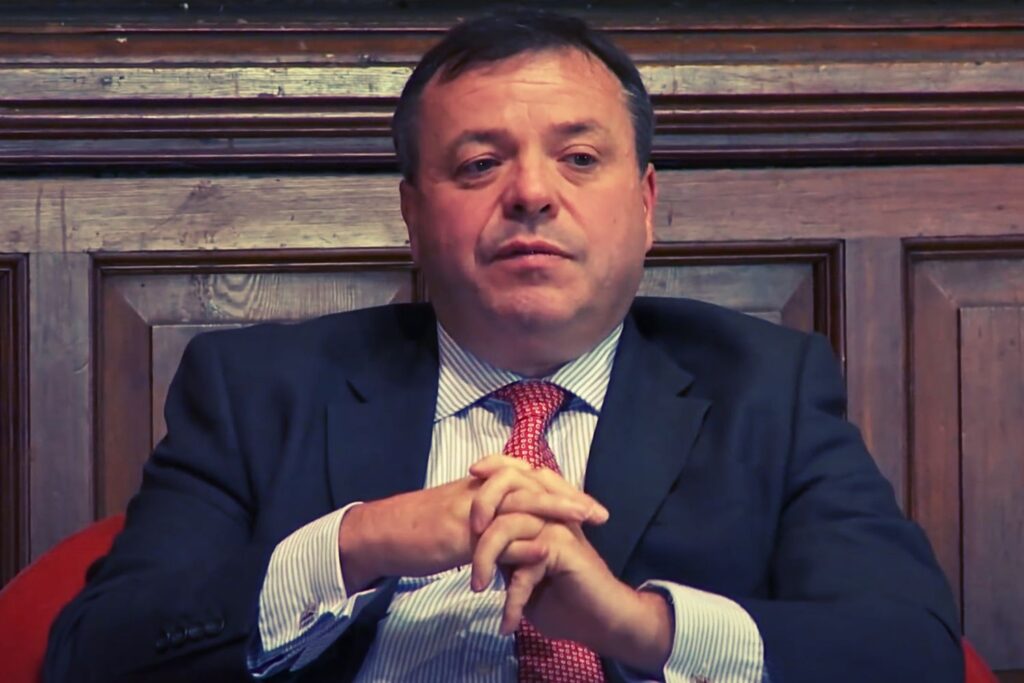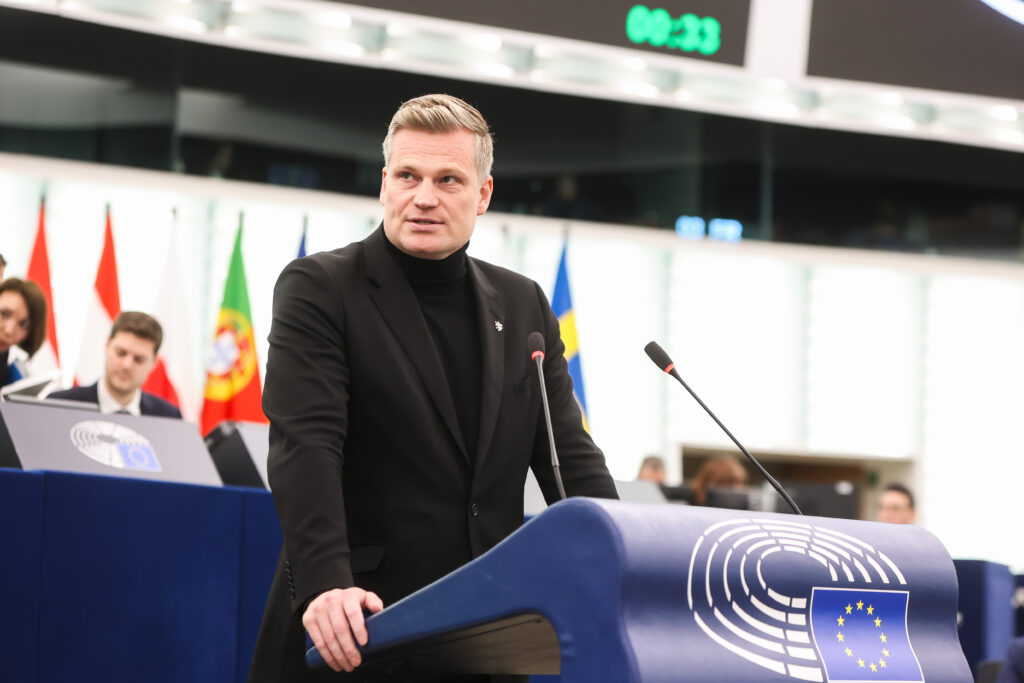Prime minister Theresa May has had a busy few days. She continued to reshuffle her front-bench yesterday, moving a number of junior ministers into new roles.
One MP to find himself in a new job this morning is climate minister Nick Hurd, who has been moved to the Home Office.
He is replaced in the Department for Business, Energy and Industrial Strategy (BEIS) by Claire Perry, the MP for Devizes in Wiltshire. She was previously assistant whip and a minister in the Department for Transport.
Perry has a patchy voting record on climate change. She voted against measures to tackle the issue 11 times since she joined parliament in 2011, according to records from TheyWorkForYou.
She made a strong statement, however, in favour of implementing policies to address climate change on her website in an entry from 11 February 2016, calling it “one of the most serious threats that we face”.
In the same statement, she also said she hopes “to see an ambitious set of targets, that are balanced with keeping costs affordable for consumers” in the government’s long-awaited emission reduction plan.
Perry is more keen on the UK’s membership of the EU than many of May’s recent appointments. She was one of seven MPs to rebel against the government and vote for a clause that would have required May to get parliamentary approval for any Brexit deal. The clause was still defeated by 326 votes to 293.
Responsibilities
It remains to be seen whether Perry follows the example set by her BEIS predecessor when it comes to defending the government’s patchy record on climate policy.
One of Perry’s most urgent tasks will be to deliver the government’s emissions reduction plan.
Hurd often defended the government from critics that suggested it was not doing enough to cut emissions by promising more detail would be forthcoming in the plan.
But the plan is now years overdue, and its publication date keeps getting pushed back.
Hurd initially promised it would be delivered by the “end of 2016”, which was later revised to the end of the first quarter of 2017, then “during 2017”.
Under the Climate Change Act, the plan was supposed to be published “as soon as is reasonably practicable” after the carbon budgets were agreed in 2011.
Documents released to DeSmog UK a day before Hurd’s departure under a freedom of information request show Hurd has been committed to the line right from the beginning of his role.
The minister was warned that in an early meeting with Energy UK, the industry lobby group was likely to be interested “in how HMG plans to meet the fifth Carbon Budget target of a 57 percent reduction on 1990 levels during 2028-2032”.
Hurd was encouraged to tell the group that the government is “looking ahead to our to our emissions reduction plan” in response to any concerns they may have about a “stable and long-term policy framework”.
The emissions reduction plan is supposed to describe how the government plans to catch up with its emission reductions to meet the fourth carbon budget, as well as outlining how it will stay within the fifth carbon budget.
Perry will also have to make some big decisions regarding how the UK continues to cut emissions in the absence of EU regulations or policy mechanisms, and overseeing how EU rules are translated into UK law.
Hurd’s meeting with Energy UK took place in August 2016, just two months after the UK voted to leave the EU, with the notes from that meeting only just released to DeSmog UK.
The meeting notes reveal that, at that stage, the UK government remained committed to the EU’s flagship emissions reduction programme, the emissions trading scheme (EU ETS).
But the notes also show that just nine weeks after the referendum, the UK was already open to leaving the scheme, with Hurd prompted to say that the government “will consider the UK’s future participation in the EU ETS”.
The document also shows that the UK expects there to be some changes to the way it meets its legally binding emission reduction goals, with the minister encouraged to “recognise that there may be changes to how the UK achieves this outside the EU”.
Given Perry’s pro-Remain tendencies, it will be interesting to see how she stewards the translation of EU climate policy into UK law.
At least Perry will be joining an established departmental team. Theresa May decided to fold the Department for Energy and Climate Change (DECC) into BEIS shortly before Hurd became climate minister last summer.
The documents show that Hurd was keen to frame the merger as a positive move, calling it “a considerable opportunity”. It remains to be seen if Perry is similarly enthusiastic.
Perry is also likely to take on responsibility for some matters that sit across the business, energy and climate change portfolios.
Notes enclosed for a separate meeting with Tata Steel reveal Hurd is the minister responsible for liaising with the company. Tata Steel announced it was selling its UK business in April 2016, three months before the meeting took place (it has since made progress on securing its future).
At the time, some newspapers blamed ‘green’ policy for rising electricity costs that put the industry at risk. Putting Hurd in the lead rather than business secretary Greg Clark suggests the government understood the sensitivities around implementing climate policy that also works for UK industry. It is unclear if Perry will now take on this role.
Main image credit: Department for Transport via Flickr CC BY–NC–ND 2.0
Subscribe to our newsletter
Stay up to date with DeSmog news and alerts










